Oil on canvas, signed F. Zonaro lower right
Dimensions : 111 cm x 171 cm sc – 133 cm x 192,5 cm ac
Exhibition: Exposition des Beaux-Arts de Constantinople, 1908
Literature: Reproduced in SULTAN'S ITALIAN COURT PAINTER FAUSTO ZONARO by Erol Makzume, p. 156
Bibliography:
Sultan's Italian Court Painter Fausto Zonaro – Erol Makzume
Fausto Zonaro: La peinture et l'Orient – Angelo De Gubernatis
Museums:
Topkapi Palace Museum, Istanbul (Turkey)
Istanbul Museum of Art (Istanbul Modern), Turkey
Sanremo Museum of Fine Arts, Italy
Museum of Modern Art of Venice (Palazzo Ca' Pesaro), Italy
Civic Museum of Padua, Italy
In The Nymphs of the Valley, Fausto Zonaro presents a poetic and mythological exploration of natural forces through allegorical representations of nymphs—mythological female figures embodying the beauty and fertility of nature.
The work, created in Istanbul in 1908, captures the essence of these mythological entities in an idyllic, rolling landscape, where nymphs dance alongside young children playing music. This festive, lighthearted scene, bathed in soft, warm light, suggests a perfect communion between humanity and nature. However, the version of the painting presented at the 1908 exhibition was incomplete. It was only after returning to Italy in 1910 that Zonaro revisited this composition in his Sanremo studio, adding new figures, notably the children playing music. These additions enrich the original scene, enhancing the harmony and joy it conveys.
The work, through its subject and atmosphere, also echoes the ideas of Khalil Gibran, the Lebanese poet and painter. Gibran had published The Nymphettes of the Valley in 1906, a collection of poems celebrating the beauty and freedom of nature, and shared a similar vision of femininity and nature as creative forces.
In his writings, Gibran expresses a longing for a pure, natural world, far from the tumult of urban and material life. He evokes a quest for the ideal, a return to simple, original beauty. Although their artistic paths never crossed directly, a strong correlation exists between the works of Zonaro and Gibran. Both were influenced by similar ideas about nature, femininity, and spirituality. While Gibran expressed his vision through poems and drawings, Zonaro embodied it in his paintings. Zonaro’s nymphs, dancing lightly at the heart of a mystical valley, can be seen as the materialization of the ideal Gibran sought to reach in his art and philosophy.
Moreover, Zonaro’s state of mind at the time—marked by personal and political upheavals—also resonates with Gibran’s themes. After being forced to leave Istanbul following the political events of 1910, the artist created this work as a kind of refuge, depicting a more serene and symbolic world that mirrored Gibran’s spiritual aspirations.
Thus, The Nymphs of the Valley reveals itself as a work at the crossroads of art and philosophy, where Fausto Zonaro, while remaining true to his aesthetic and style, captures the essence of nature, femininity, and the quest for purity in an era marked by instability. This work invites us to contemplate a mythological world where natural and human forces meet in a timeless dance, symbolizing beauty, harmony, and the ideal—core themes for both Zonaro and Gibran.
Biography:
Born on September 18, 1854, in Masi, in the province of Padua, Fausto Zonaro was a key figure in European painting at the turn of the 20th century. His career, shaped by a search for light and culture, merged Italian pictorial traditions with Oriental influences, making him one of the most renowned artists of his time, especially within the Ottoman Empire.
Coming from a modest background, Zonaro displayed a talent for drawing early on. He began his artistic training at the Technical Institute of Lendinara, before attending the Cignaroli Academy in Verona, where he was supported by patrons such as Stefania Omboni. There, he associated with major Italian painters such as Giacomo Favretto and Angelo Dall’Oca Bianca.
In 1888, Zonaro moved briefly to Paris, where he absorbed Impressionist influences. This experience was pivotal, allowing him to refine a technique that combined Venetian colorism, Neapolitan realism, and Impressionist innovations. He developed an aesthetic in which light and atmosphere were central, laying the foundation for his mature style.
Fascinated by Edmondo De Amicis’ book Costantinopoli, Zonaro left Paris in 1891 to settle in Istanbul with his wife Elisa Pante, also an artist and photographer. Thanks to Elisa’s social connections, he quickly integrated into the city’s artistic and diplomatic circles. In 1896, Zonaro was appointed official court painter to Sultan Abdulhamid II, after impressing him with a painting depicting the imperial regiment of Ertugrul. This prestigious title opened the door to imperial commissions, including portraits of the royal family, historical scenes, and palace decorations. One of his most celebrated works from this period is a monumental cycle on the conquest of Constantinople by Mehmed II.
His studio, located at the Russian Embassy, became a hub of art in Istanbul, attracting artists, diplomats, and aristocrats. Through his paintings, Zonaro captured the life and landscapes of the Ottoman Empire with a unique sensitivity, blending Oriental exoticism with European academic rigor.
The fall of Abdulhamid II in 1909 marked the end of his official court role. Zonaro returned to Italy, where he continued painting, though without achieving the same level of recognition he had enjoyed in Istanbul. He died in 1929, leaving behind a rich and varied body of work that reflected a constant dialogue between East and West.
Fausto Zonaro remains a key figure in art history, illustrating through his journey the cultural interconnectedness of his time. His works, housed in both private and public collections around the world, preserve the memory of an artist deeply rooted in his era—yet whose vision transcends geographic and stylistic boundaries.




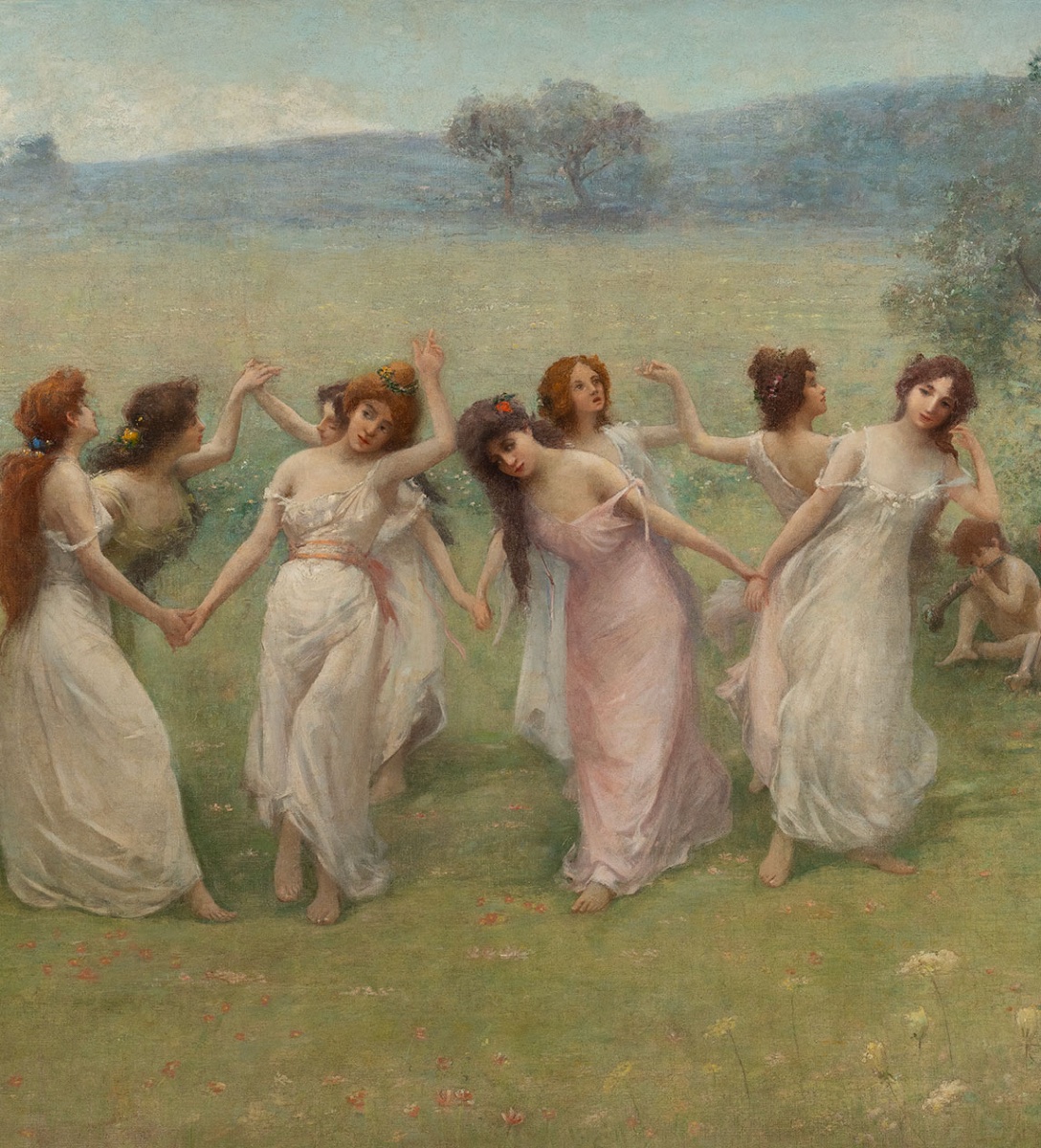




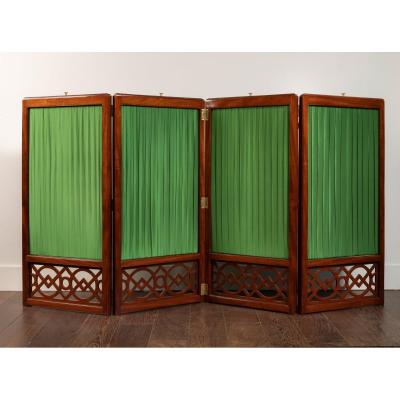

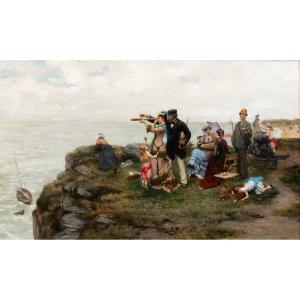

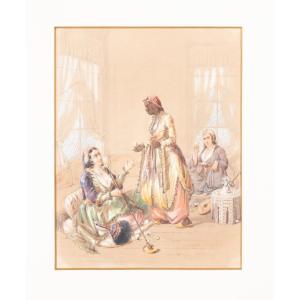
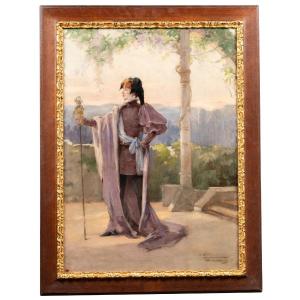


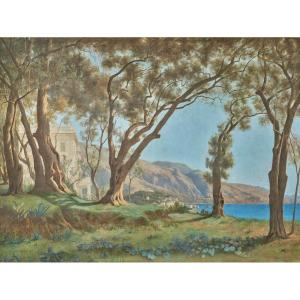
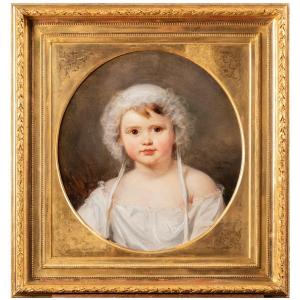

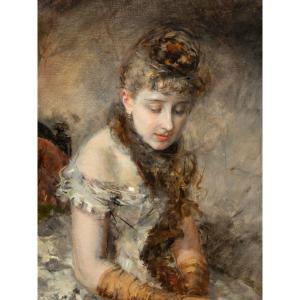
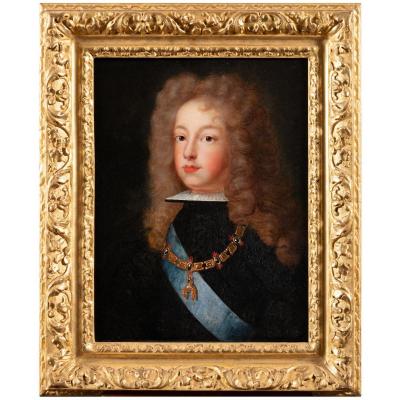


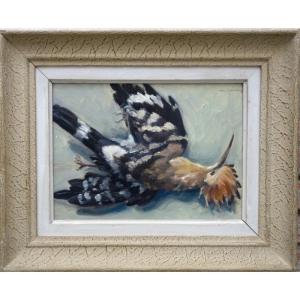



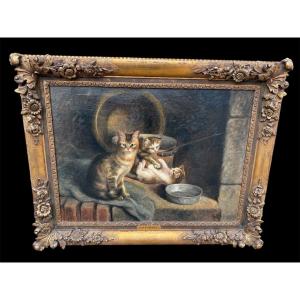



 Le Magazine de PROANTIC
Le Magazine de PROANTIC TRÉSORS Magazine
TRÉSORS Magazine Rivista Artiquariato
Rivista Artiquariato